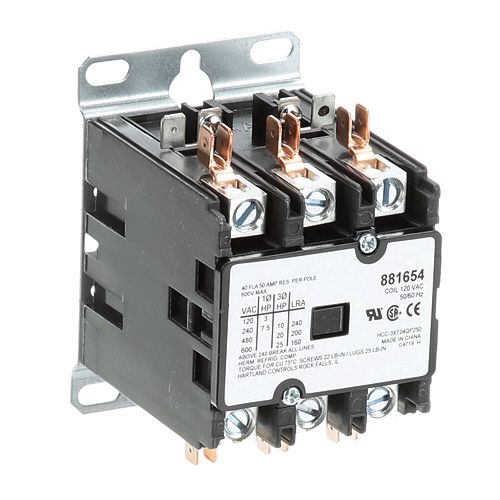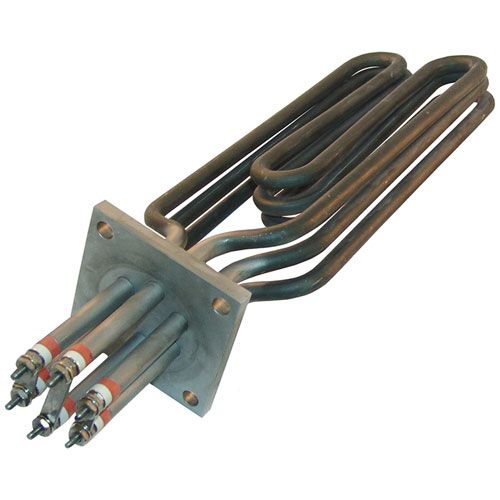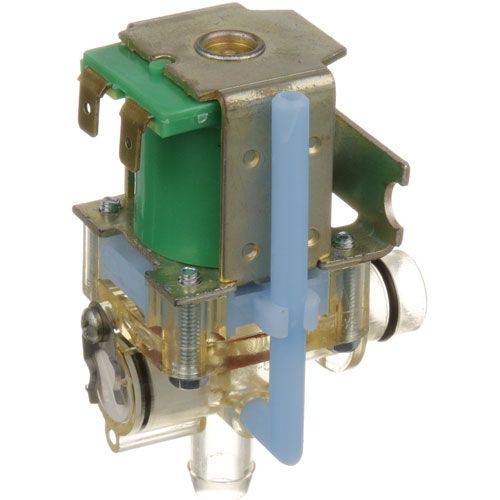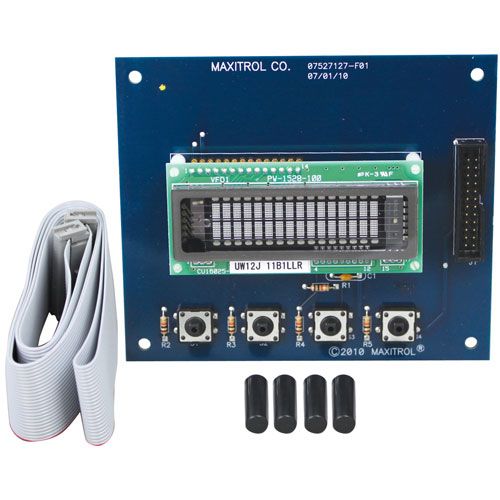Solo Dining Surge in Canada: A Profitable Opportunity for Restaurants
Solo Dining has become a new normal in Canada, and it continues to change the way people eat out and restaurants. With increased dining alone, restaurants are experiencing a new market that can be tapped to boost profitability for the restaurants. In this article, we will discuss the factors attributable to the increase in the number of people dining alone, the effects on restaurants, and the deliberate approaches restaurants are taking to address this new trend.
Table of Contents
The Rise of Solo Dining: A Cultural Shift
In the last few years, eating alone in restaurants has become a more common phenomenon than it used to be a few years back. While technology continues to advance, and the Canadian population becomes more and more urbanized, the pace of life is quickening, and eating alone becomes more of a norm for more Canadians. Also, there is a shift from negative perceptions to consumers beginning to embrace the benefits of eating alone.
Key Factors Driving the Solo Dining Trend:
- Urbanization and Single-Person Households: More and more individuals reside in urban areas and with the rising population of single homes, eating alone is something that will come naturally.
- Flexible Work Environments: With more people working from home and having flexible schedules, they mostly no longer have fixed times to dine while at work and can grab a bite alone during working breaks or after working hours.
- Self-Care and Mindfulness: Solo dining may be a way of helping the body and mind relax or eat without any interruption by other people.
How Restaurants Are Adapting to Solo Diners?
Many restaurants in Canada are gradually starting to pay attention to the opportunity that the single diner market offers. Restaurants that are now adjusting to the changing dynamics regarding single consumers are experiencing an increase in customers’ satisfaction and sales. Some of the important changes include redesigning space, changing its offerings and developing new services.
Optimized Seating Arrangements
One of the most apparent adaptations that restaurants are making is the redesigning of their seating plans. Whereas before restaurants strictly designed tables for two or more, now they have included counters, bars and small tables for one person. It helps the solo diners to feel at home and welcome and will make them go back to the restaurant.
Solo-Friendly Menus
Restaurants are also redesigning their menus to accommodate customers who eat alone. Small plates, individual portions, and individual orders are increasing the availability of choice among single diners who appreciate freedom and diversification. It is possible to consider that those customers need a fast service and meals without leftovers, so providing them with comfortable conditions can improve their experience.
Technology's Role in Enhancing Solo Dining
Technology is thus a very important component to consider in enhancing the experience of eating alone. The use of food apps for delivery, selfordering kiosks, and contactless payments means that the solo diner can dine without interaction, perfect for those who prefer not to have human contact.
Contactless Ordering and Payments
Technology is giving power to solo diners to manage their dining experience without touching or interacting with service staff for long periods. Restaurants are implementing options such as contactless menus, mobile applications for ordering, and cashierless payments so the guests can eat at their own convenience. This seems to target the young people who would prefer to dine somewhere near their workplace, school or home.
Personalized Dining Experiences Through Data
Technology and consumer data are transforming dining for one. Through the use of loyalty cards or applications in clients’ cell phones, restaurants can predict the patterns of customers’ preferences, for instance, recommend a meal usually ordered by the customer, or offer a rebate to a diner eating alone.
Read on: How to Overcome Most Common Restaurant Issues & Solutions
The Economic Benefits for Restaurants
The solo dining surge presents significant economic benefits for restaurants in Canada. By tapping into this growing market, restaurants can boost revenue, increase table turnover, and attract a diverse clientele. Restaurants that strategically invest in solo dining infrastructure are better positioned to capture market share in a competitive industry.
Faster Table Turnover
Solo diners typically spend less time dining than groups, which means faster table turnover for restaurants. This leads to increased seating availability and potentially higher revenue, especially during peak dining hours. By optimizing seating for solo guests, restaurants can maximize their earning potential.
Higher Profit Margins from Customized Menus
Offering smaller, customized portions or premium solo dining options can help restaurants increase profit margins. Solo diners are often willing to pay a premium for quality and convenience, enabling restaurants to introduce curated tasting menus or special offers that cater specifically to individual patrons.
Embracing Solo Dining as a Trend for the Future
As solo dining continues to rise in Canada, it’s clear that the trend is here to stay. The challenge for restaurants is to innovate and evolve their operations to cater to this growing demographic. By embracing the solo dining culture, restaurants can foster stronger customer loyalty and differentiate themselves in the competitive dining landscape.
Engaging Ambience for Solo Diners
Creating a welcoming and engaging ambiance for solo diners is essential for success. Restaurants are beginning to introduce features like cozy corners, window-side seating, and communal dining areas where solo patrons can enjoy their meals without feeling isolated. Some establishments are also incorporating elements like art displays, books, or even live music to enhance the dining experience.
Targeted Marketing Campaigns
Effective marketing strategies that target solo diners are critical for attracting this audience. Social media platforms, loyalty programs, and personalized email campaigns can be used to engage potential customers and showcase solo-friendly features. Highlighting quiet environments, special lunch deals, or unique solo dining experiences can appeal to this growing segment.
The Role of Food Trends in Solo Dining
Food trends play a significant role in shaping the solo dining landscape. Health-conscious dining, plant-based meals, and exotic cuisine are increasingly attracting solo diners who want to explore unique flavors or maintain specific dietary preferences.
Plant-Based and Health-Conscious Menus
As more people prioritize healthy eating, restaurants offering plant-based and health-conscious menu items are seeing a rise in solo patrons. Solo diners are often more particular about their dietary choices, and restaurants that cater to these preferences are well-positioned to attract this demographic.
Global Flavors and Ethnic Cuisines
Solo dining provides an opportunity for customers to explore new cuisines without the pressure of catering to group preferences. Restaurants offering exotic or ethnic dishes are becoming popular among solo diners who are open to culinary exploration.
Read on: Commercial Restaurant Kitchen Cleaning Guide: Daily, Weekly, and Monthly
Addressing Challenges in Catering to Solo Diners
While the solo dining trend offers significant opportunities for restaurants, there are challenges that come with catering to individual patrons. Restaurants must carefully balance their operations to serve both solo diners and larger groups while maintaining profitability.
Balancing Space and Demand
Restaurants need to manage seating effectively, ensuring that solo dining areas do not take away from space reserved for larger parties. Optimizing table arrangements and seating flexibility is crucial for maintaining balance and avoiding under-utilization of space.
Managing Peak Hours
During peak hours, catering to solo diners can sometimes lead to challenges in maximizing revenue per table. Restaurants must carefully allocate seating and streamline service during these times to ensure that both solo diners and larger groups are adequately accommodated.
Are your restaurant operations ready for the solo dining surge in Canada? As more diners choose to eat alone, ensuring your equipment is in top shape is essential. PartsFe.ca provides high-quality commercial restaurant equipment parts, including oven thermostats, grill burners, griddle plates, dishwasher pumps, and ice machine filters. Keep your kitchen efficient and ready to serve every diner with reliable parts from trusted manufacturers.
Conclusion: Solo Dining as a Path to Profitable Growth
The solo dining surge in Canada is more than just a passing trend—it’s a reflection of changing lifestyles, values, and preferences. As more Canadians embrace the convenience, flexibility, and enjoyment of dining alone, restaurants that adapt to meet their needs stand to benefit significantly. By creating solo-friendly environments, leveraging technology, and offering personalized dining experiences, eateries can capitalize on this growing market and drive profitable growth in the years to come.
FAQs
Why is solo dining becoming more popular in Canada?
Solo dining is on the rise due to increasing urbanization, a growing number of single-person households, and the desire for convenience. People are also embracing solo dining as part of self-care and mindfulness, appreciating the time alone for reflection and relaxation.
How can restaurants make solo diners feel more welcome?
Restaurants can create welcoming environments by offering smaller tables, counter seating, and comfortable, cozy spaces. Providing quick service, customizable menu options, and ensuring solo patrons don’t feel rushed can enhance their overall experience.
Are there specific types of restaurants that attract more solo diners?
Cafés, fast-casual eateries, and upscale casual dining establishments tend to attract more solo diners. These environments often offer flexible seating, a relaxed atmosphere, and quick service, which are ideal for individuals dining alone.
How does solo dining benefit the restaurant industry financially?
Solo diners typically spend less time at the table, resulting in faster table turnover. This increased efficiency can lead to more patrons being seated and higher overall revenue, especially during peak hours.















